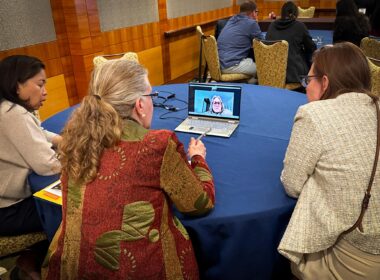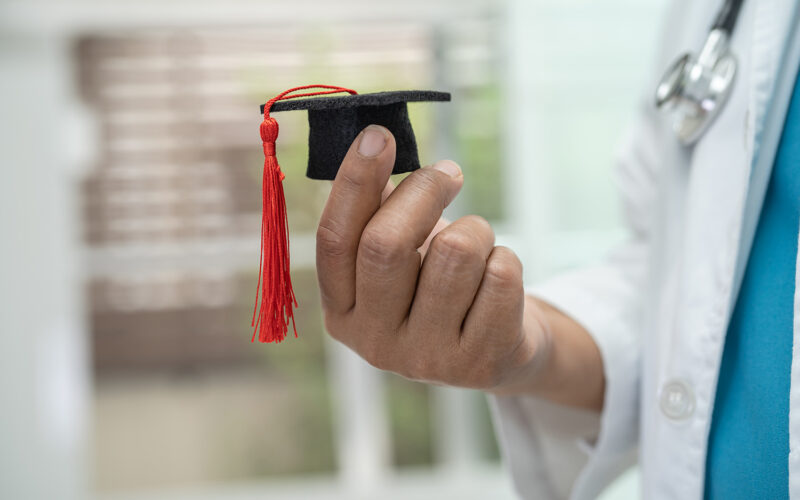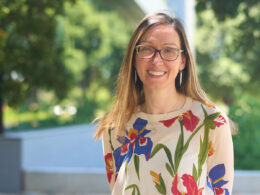Larry Chu, MD
Nov 2, 2023
We’ve all heard the stereotypes. Baby Boomers are workaholics. Gen Xers are slackers. Millennials are entitled. Gen Z lives on TikTok. But is tailoring anesthesiology education and workplaces to generational stereotypes the right approach? Not according to the insights from a recent Society for Education in Anesthesia (SEA) session.
“Generational Differences in the Workplace,” a SEA general session panel discussion by Drs. Jue Wang, Cathie Jones, Mike Hernandez, and Del Lamb, provided thoughtful perspectives on how to bring out the best in our multi-generational workforce. While generational differences exist, panelists emphasized recognizing individuals’ needs first.
Dr. Wang kicked off the session by outlining some of the major generational cohorts in today’s anesthesiology workforce:
- Baby Boomers – Born 1946-1964. Hard workers who appreciate efficiency and directness.
- Generation X – Born 1965-1980. Independent and straightforward. Value work-life balance.
- Millennials – Born 1981-1996. Tech savvy multi-taskers. Desire mentoring and purpose.
- Generation Z – Born 1997-2012. Passionate about social issues. Value family relationships.
True to stereotypes, younger anesthesiologists enter the workforce with an innate comfort with technology. “Digital natives” have always had information at their fingertips. Making use of platforms like online modules, videos, and social media can effectively engage them in learning.
People want good co-workers…And they want good management and good leadership. These are things that go beyond the generation.
Cathie Jones, MD
However, panelists cautioned against assuming all younger anesthesiologists have robust digital skills. Digital access hasn’t reached all segments of society equally. Some may still prefer journal articles to podcasts. The key is assessing individuals’ preferences and providing training whenever new technologies are implemented.
Communication styles also vary generationally. Older anesthesiologists tend to favor formal, top-down feedback. Millennials and Gen Z crave more frequent, two-way feedback and mentoring focused on growth and development. But individual preferences don’t always follow generational lines. Some Baby Boomers love collaborative feedback too, while some Gen Zers prefer written communication. Getting to know your learners is crucial.
Work-life balance is highly valued across younger generations. For educators and department leaders, this means finding ways to allow flexibility when possible. Can you offer job sharing, part-time schedules, or remote work options? Making work “millennial-friendly” improves recruitment and retention. But flexibility is also key for older anesthesiologists who want to care for grandchildren or aging parents while gradually transitioning into retirement. Accommodating life outside work is simply good management today.
Avoid generational stereotypes and get to know individuals. With understanding and flexibility on both sides, we can bridge generation gaps to create supportive anesthesiology workplaces ready for the future.
Cathie Jones, MD
For older anesthesiologists approaching retirement, a defined transition process is recommended. Policies like opt-out call shifts after a certain age or required health assessments can guide this transition. However, rigid age cut-offs open up age discrimination concerns. The goal should be retaining experienced anesthesiologists in non-clinical roles like education and mentoring. Their institutional knowledge is invaluable for the next generation.
Mentoring itself may need to be reimagined for younger anesthesiologists. Alongside traditional 1:1 mentoring, consider group mentoring sessions, peer mentoring programs, and using technology like video conferencing or discussion boards to connect. Customizing mentorship models to fit both mentor and mentee needs makes these critical relationships sustainable.
While generational differences exist in today’s anesthesiology workforce, recognize that individuals ultimately have more commonalities than differences. Avoid generational stereotypes and get to know your colleagues’ needs. With understanding from both younger and older anesthesiologists, we can bridge generation gaps to create more supportive workplaces ready to take on the future.












